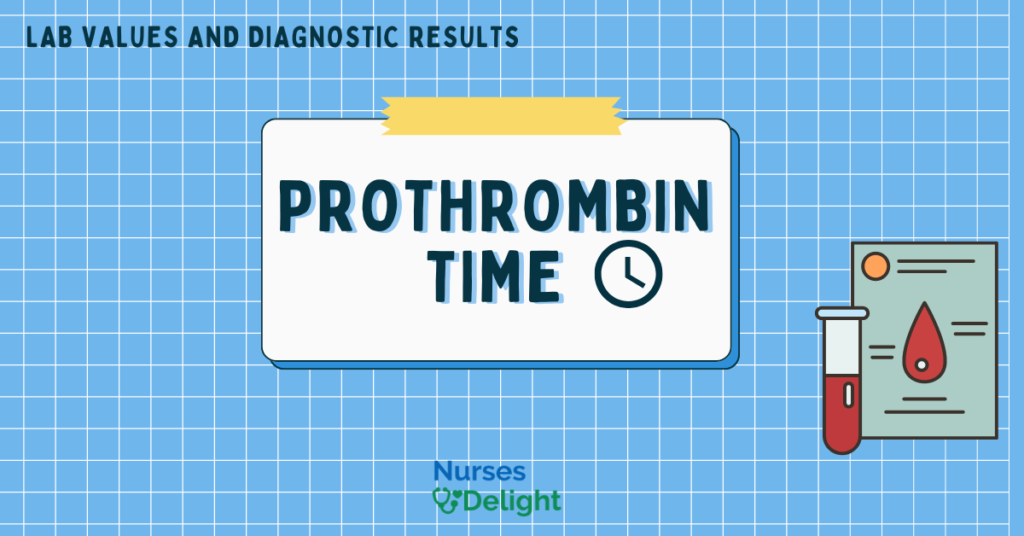Creatinine test is used to measure the level of creatinine in the body. Creatinine is a product of metabolism of creatine from muscles and proteins.
Creatine is mostly found in the muscles where it participates in metabolic reactions requiring energy.
The amount of creatinine produced in the body is directly proportional to the skeletal muscle mass of an individual and remains constant unless there is a disruption, for example, in old age-related muscle atrophy.
It is usually excreted unchanged in the kidneys and thus an important indicator of the kidney function because the serum creatinine concentration shows a balance between production and glomerular filtration rate.
Creatinine can be measured in;
- Blood (serum creatinine)
- Urine (urine creatinine)
Serum Creatinine Test
This test is done to measure the rate of glomerular filtration. Increased levels of serum creatinine show a decreased glomerular filtration rate and vice versa.
Serum creatinine test is usually done as part of a bundle of test called comprehensive metabolic panel (CMP) or basic metabolic panel (BMP).
The normal range of serum creatinine is 0.6 mg/dL– 1.3 mg/dL or 50-110 mmol/L
Serum creatinine is increased in;
- Acromegaly
- Congestive cardiac failure
- Dehydration
- Rhabdomylytis
- Myasthenia gravis
- Urinary tract infections
- Renal disorders
It is decreased in;
- Inadequate protein intake
- Sever liver disease
- Muscular dystrophy
- Small statue
- Pregnancy
Indications
- Suspected or known renal impairment.
- Suspected or known muscle disorders such as muscle dystrophy.
- To assess for any drug toxicities.
Interfering factors
- Some drugs which increase the creatinine levels such as amikacin, barbiturates, penicillins and tetracyclines
- Some drugs which decrease the creatinine levels such as citrates, ibuprofen and dopamine
- Bilirubin and glucose can also cause false decreases in creatinine
- A high protein diet can increase the level of serum creatinine
- Ketosis such as in cases of diabetes can increase the serum creatinine levels
Nursing Implications
Pretest
- Obtain the history of the patient including;
- A list of known food and drug allergies
- Genitourinary and musculoskeletal systems
- Lists of medication the patient is taking
- Instruct the patient to refrain from strenuous exercise for 8 before the test and from proteinous foods 24 hours before the test.
- Review the procedure with the client to allay anxiety
- Inform the patient that specimen collection takes about 5 – 10 minutes
Intra-test
- Ask the patient to breathe normally and to avoid unnecessary movements
- Observe the general standards collection of blood procedure.
- Collect the blood specimen in a red or tiger-top tube/vacutainer. Apply pressure bandage on the puncture site.
- Label the specimen and immediately transport it to the laboratory.
Post test
- Observe venipuncture site for bleeding and hematoma formation.
- Evaluate results
Urine Creatinine
About 5 ml of urine is obtained from randomly and unpreserved or timed urine in a specimen container.
Indications
- To determine the extent of nephron damage
- To determine the renal function before administration of nephrotoxic drugs
- To evaluate glomerular function
- To evaluate the accuracy of a 24-hour urine collection
- To monitor effectiveness of treatment in renal disease
Urine creatinine is increased in;
- Acute tubular necrosis
- Congestive cardiac failure
- Dehydration
- Diabetes
- Exercise
- Urinary tract infections
- Renal artery atherosclerosis and obstruction
- Renal vein thrombosis
It is decreased in;
- Anemia
- Leukemia
- Muscle wasting diseases
- Paralysis
- Vegetarian diet
- Hyperthyroidism
Interfering factors
- Drugs that may increase the urine creatinine levels such as ascorbic acid, corticosteroids, and prednisone
- Drugs that may increase the urine creatinine clearance such as enalapril, oral contraceptives, and ramipril
- Drugs that may decrease the urine creatine levels such as androgens and thiazides
- Drugs that may reduce the urine creatinine clearance such as amphotericin B, and ibuprofen
- Excessive ketones in urine may cause falsely decreased value
- Failure to properly collect the 24-hour urine specimen may give invalid results
- Failure to refrigerate specimen may lead to decomposition of creatinine and cause falsely decreased values
- Consumption of a high protein diet and vigorous exercise in the past 24 hours.
Nursing implications
Pretest
- Obtain history from the patient with emphasis on;
- Patient complains
- Allergies
- Genitourinary procedures, if any
- Medications and supplements taken by the patient
- Unless specified do not restrict any fluids
- Tell the patient to refrain from eating meat during the procedure
- Review the procedure with the client and provide nonmetallic urinal or bedpan
- Instruct the patient to void all urine into the collection device and then to pour the urine into the laboratory collection container. The health staff may also do it
Intra-test
- Ensure the client has observed the pretest instructions
- Collect the urine sample in the morning.
Post-test
Evaluate test results in relation to the patient’s symptoms and other tests performed. Share the results with the patient and clarify any concerns.



